Sean Scully on self-belief, election billboards and the perils of rural Germany
Ahead of a major retrospective at the Hungarian National Gallery, Irish abstract artist Sean Scully reflects on six decades of redefining abstraction and doing ‘the biggest stretch in the history of the art world’
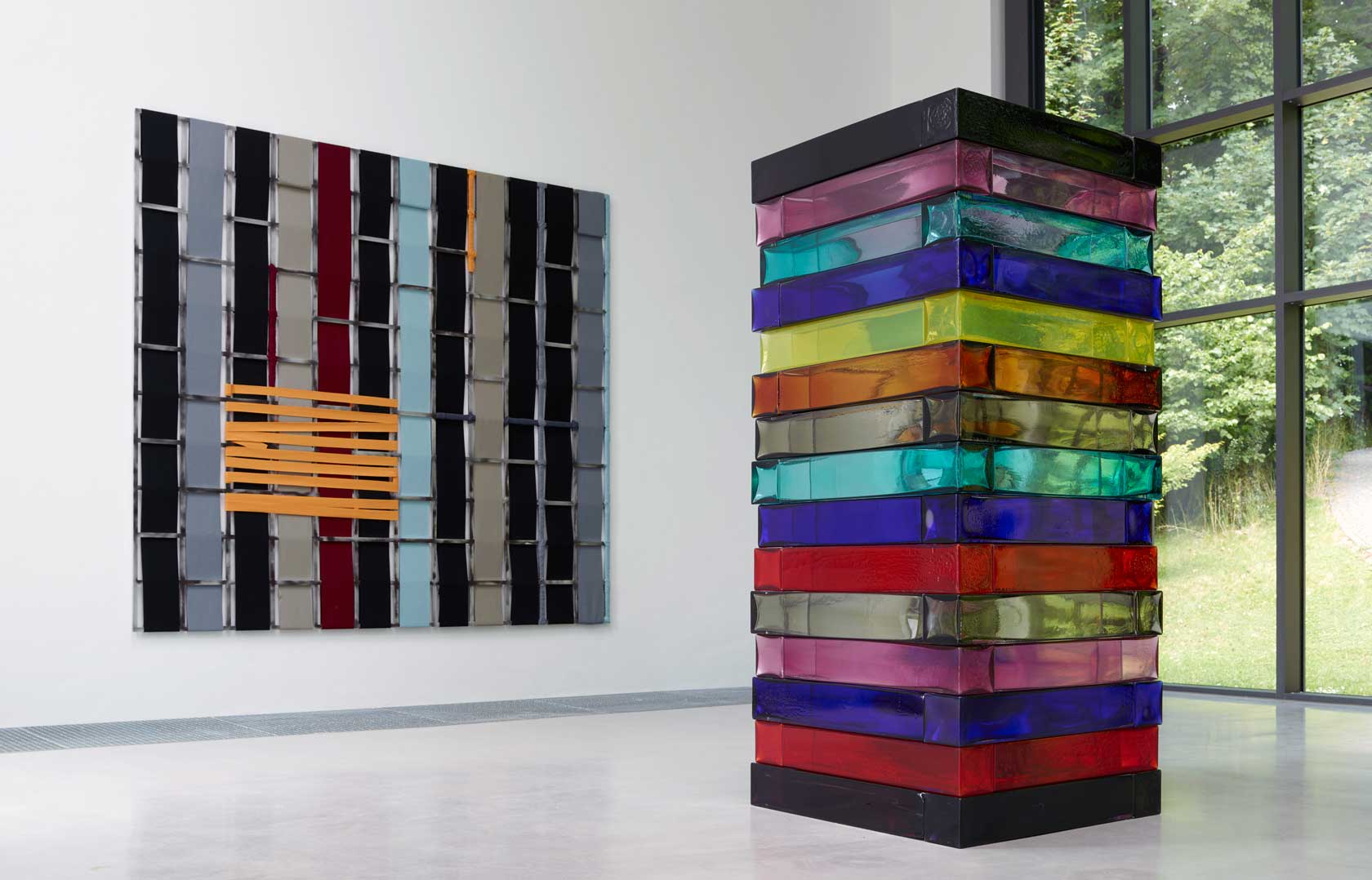
It’s early September and a plague of flies has just descended on a farm in Mooseurach, Germany where Sean Scully has a studio. ‘A fucking fly bit the middle of my tattoo out’, says the artist over FaceTime, pointing at his forearm towards the now-dismembered Celtic symbol for fertility.
An interview with Sean Scully is like a portrait sitting with a sitter that needs little direction. He describes his life and work in a quilt of similes and anecdotes stitched together with warmth and wit: his coarse upbringing, familial fondness, traumas, brushes with US politics, fervent spirituality, those he admires – from Agnes Martin to Tess Jaray and Béla Bartók – and vibrantly hued recollections of his rise to become ‘the token of abstraction.’
Scully, as he says, came from abject poverty. ‘I probably did the biggest stretch in the history of the art world’ declares the 75-year-old artist. He’s been an immigrant twice: once when he moved from Ireland in 1949 to London, and again when he transfered to New York in 1975. Before breaking into art, he was a brick cleaner on a building site, a Christmas postman, a plasterer’s labourer and had a job stacking cardboard boxes in a factory. Fitting, perhaps, that stacks and bricklike forms would provide the building blocks for Scully’s inimitable visual language.

Portrait of Sean Scully taken in Mooseurach, October 2020. Photography: Liliane Tomasko
In the 1970s, Scully’s paintings sought to fuse American Minimalism and Op Art, which culminated in ‘supergrids’, stripes and blocks of colour. By 1980, the artist was ‘at war’ with Minimalism and instead focussed on what he thought painting should be doing: concentrating on human nature.
When he moved to New York, he knew not everyone would be waiting with open arms. ‘I was welcomed by many; I was also un-welcomed by many,’ he says. ‘I had a lot of detractors in New York.’ Among his ‘defenders’, however, was the art critic Arthur Danto, who insisted that Scully belonged ‘on the shortest of the shortlists of major painters of our time.’ ‘If I got a bad review, he [Danto] would immediately write an incredible review in the New Statesman,’ he says. ‘His two favourite artists were me and Andy Warhol. I always found it bizarre because you couldn’t have two more uncomfortable bedfellows.’
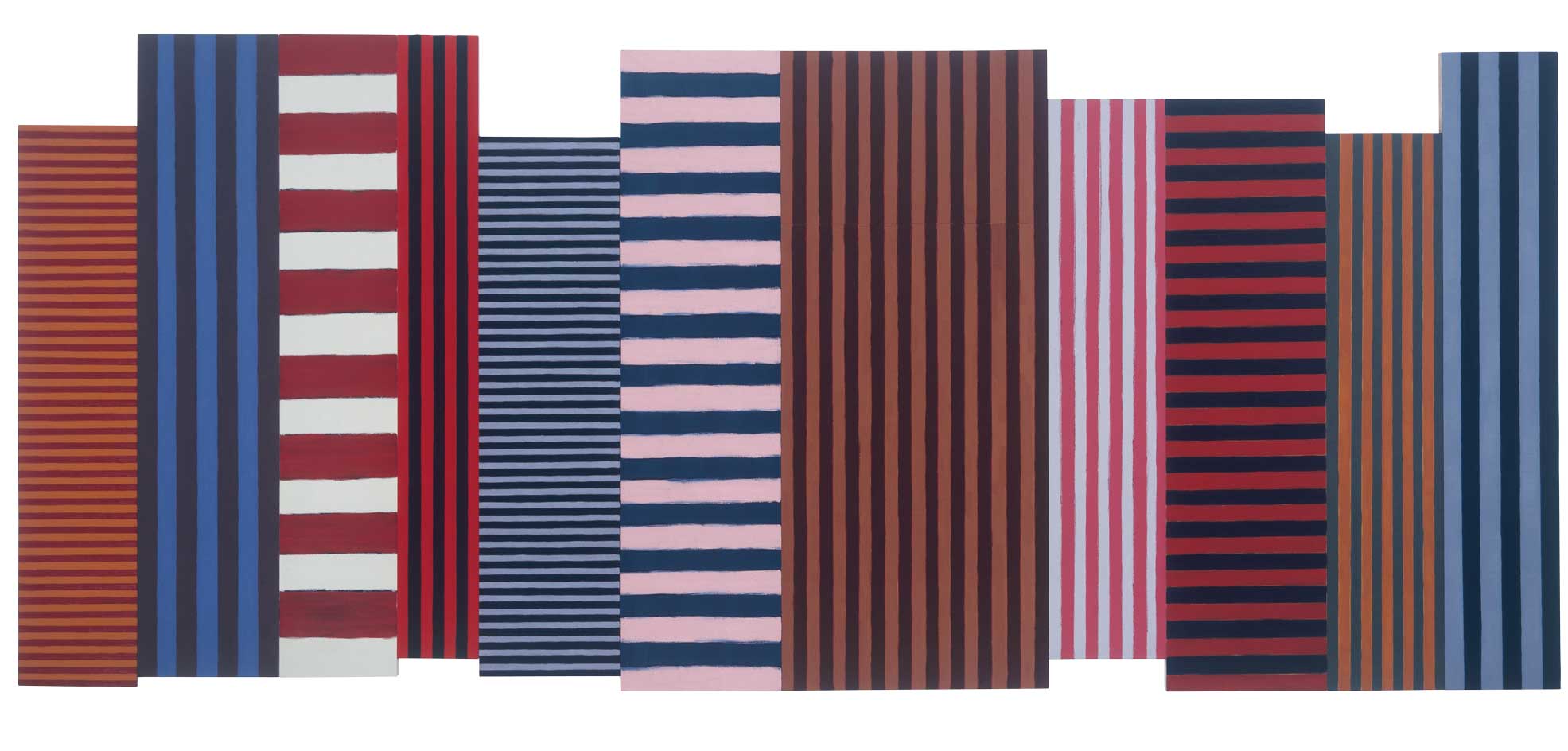
Sean Scully, Backs and Fronts, 1981.
Scully made a swift ascent to acclaim in the 1980s, resuscitating abstraction from self-destruction with bold paintings and a character to match. He began toying with different formats, including the introduction of panels directly inserted into canvases. In came Backs and Fronts (1981), an enormous multi-panelled composite of irregular heights, with gestural stripes careering in different directions like a jarring, psychedelic vision of a city skyline. The painting humanised geometry with hand-rendered stripes and ‘broke a lot of the rules my colleagues were still obeying’. The painting marked a watershed, both for Scully and the public’s perception of his work, paving the way for his formal yet liberated language of unbridled emotion and spirituality.
Earlier this year, Scully’s insets turned uncharacteristically black. In his Dark Windows series, ominous panels rupture otherwise beguiling stripe paintings, described by the artist as ‘nihilistic and negative’. Scully painted these in direct response to Covid-19, a commentary on self-destruction, the ‘abuse of nature’ and mass uncertainty.
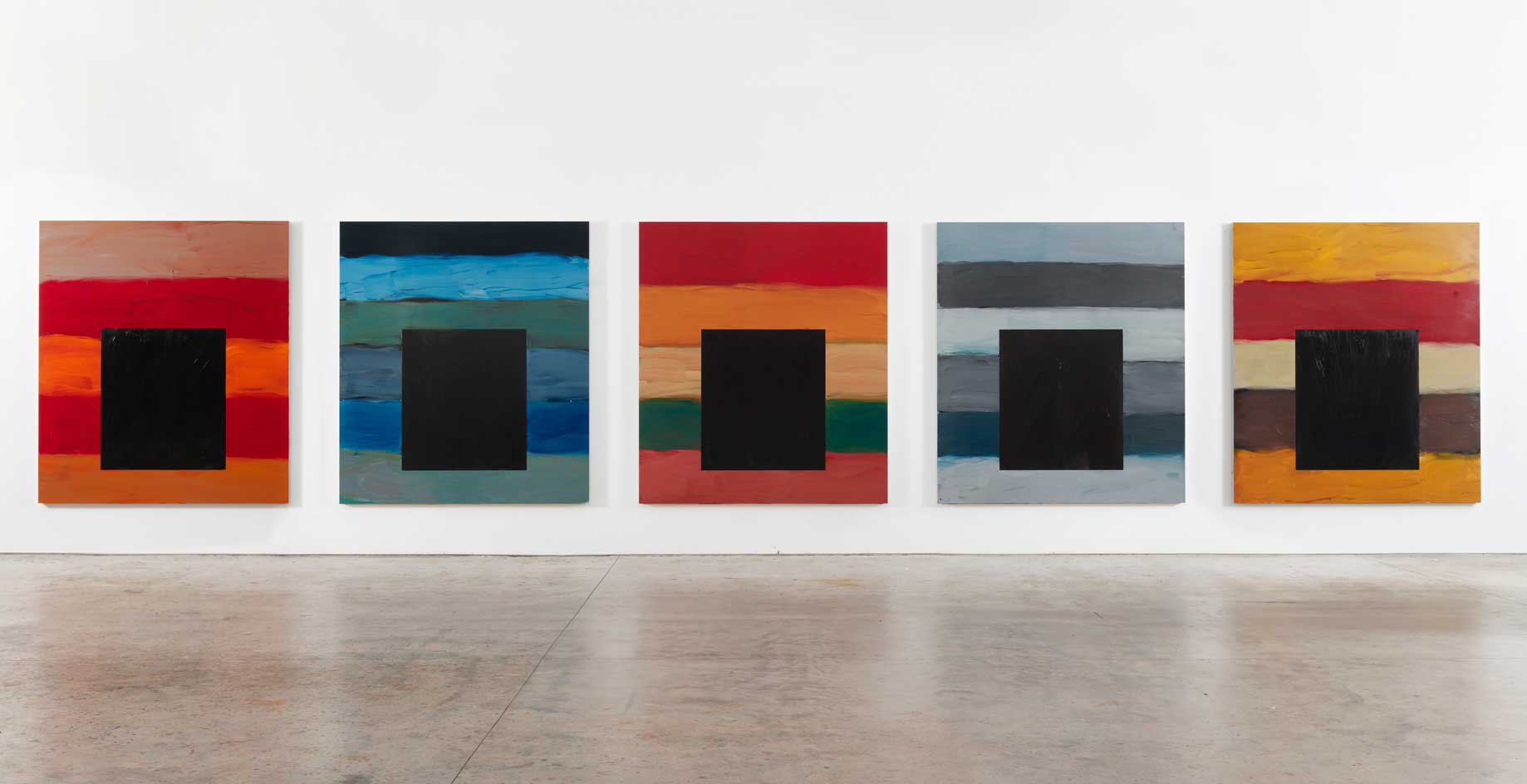
Sean Scully, Dark Windows, 2020.
Scully’s approach to art is bolstered by an infectious, and seemingly infallible self-belief. And he doesn’t do creative block, apart from one ‘dreadful’ year after he graduated from university. ‘I made 25 paintings and destroyed them all, and the world is probably a better place for that,’ he says. That episode aside, Scully doesn’t have time for self-deprecation or ‘bellyaching’, a resilience he attributes to his grandmother, an Irish immigrant who, according to Scully, worked 18 hours a day, raised seven children and ‘never once complained.’
Scully’s paintings are rendered with force, exude force and leave the rest to be reckoned with. In footage of the artist at work, he appears to be in some form of rhythmic and spiritual combat with his paintings. ‘In my work, structure and emotion rage simultaneously, and that’s a very incongruous mixture,’ he says. ‘I am madly physical’, he says. ‘People say I’m exhausting.’
In my work, structure and emotion rage simultaneously, and that’s a very incongruous mixture
The artist makes a swift, impassioned pivot to politics, a subject he’s been long engaged in. In his teens, Scully made posters for the CND [Campaign for Nuclear Disarmament]. He has also frequently taken aim at America’s gun culture and, in 2008, he designed billboards for the Obama campaign (one of his paintings boasts wall space in the Obamas’ house). More recently, he’s jumped on the Biden bandwagon, again, in the form of billboards. ‘For Hillary [Clinton], I thought she was going to win so easily I didn’t bother, but she lost. If Joe wins, this will prove that if when I put a billboard up, the person wins. It’s called narcissistic science,’ Scully quips.
Alongside his greatest hits in paint, Scully has demonstrated his aptitude in other media, translating his signature blocks, stripes and volumes into stone, steel, wood and glass. This is embodied in his current exhibition at Waldfrieden Sculpture Park in Wuppertal, Germany, an outdoor exhibition space founded by British artist and ‘old pal’ of Scully’s, Tony Cragg.

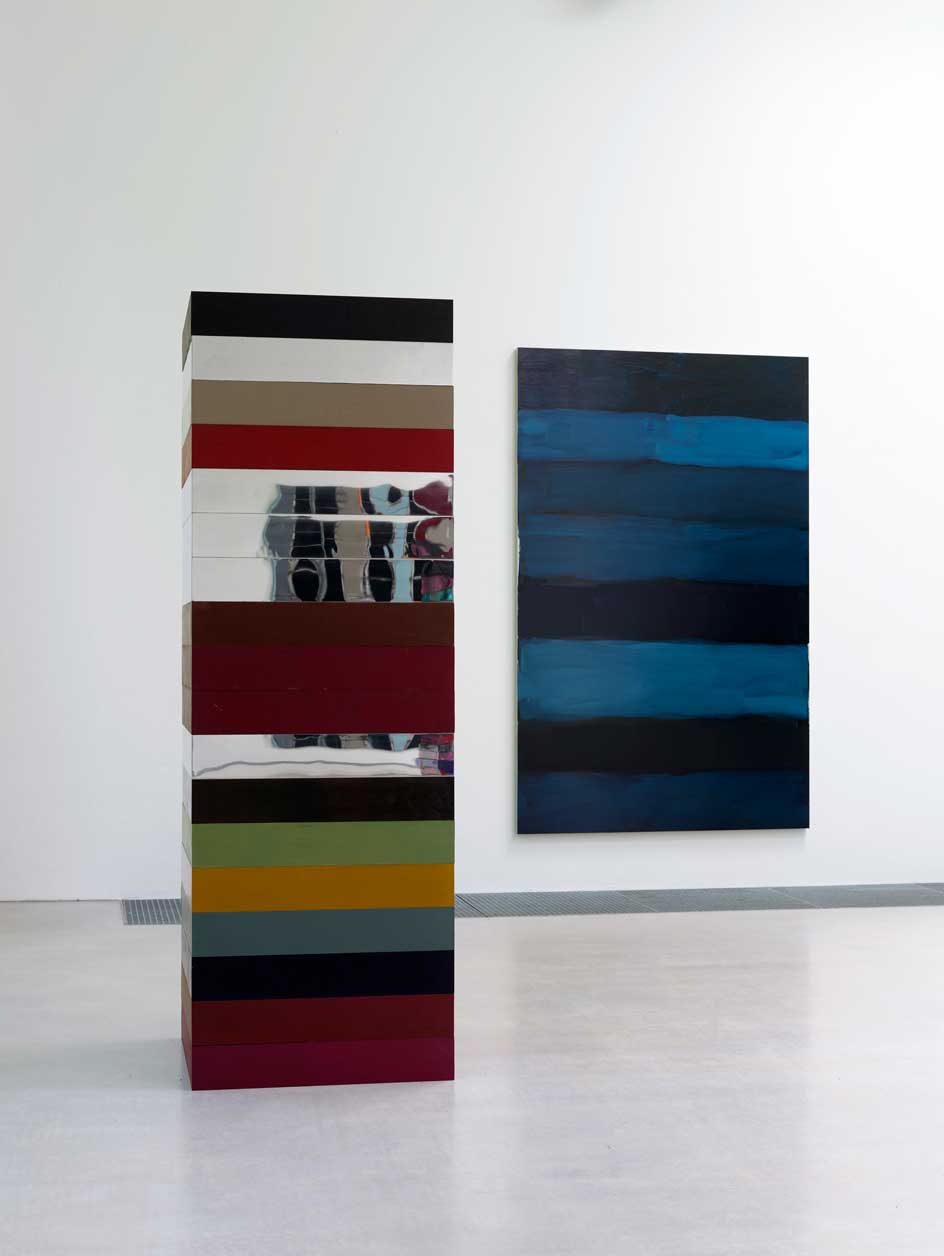
Above and below: Installation views of Sean Scully, ‘Insideoutside’ at Waldfrieden Sculpture Park.
Scully’s show, ‘Insideoutside’ includes sculptures in steel, acrylic and copper, and an architectural tower of glass called Stack in conversation with his paintings. ‘The interesting thing about glass is it’s a wall you can see through. In a sense, it’s an object that’s not an object. It operates like a ghost or an angel between realms,’ he reflects. Consisting of eleven slabs of Murano glass, Stack looks as if Scully’s more vibrant painted units have dropped off the canvas, lost all opacity and re-stacked themselves in perfect order.
The artist shows no sign of sitting still. Alongside his Waldfrieden exhibition, he’s just signed with Galerie Thaddaeus Ropac, and will have a show of new work in their space in Marais, Paris in Spring 2021. He’s also just unveiled a major retrospective at the Hungarian National Gallery in Budapest, his first in Central Europe. ‘I’ve married into that country [Scully's wife, artist Liliane Tomasko is of Hungarian descent], so it has a special significance for them and me,’ he says. Titled ‘Passenger’, the show charts Scully’s career from his early experiments in the 1960s, through his musings with Minimalism to his recent, unexpected shift to figuration, and a great deal in between.
If a Rothko pierces the soul, a Scully will cradle it. His work fuses the cold, hard-edged rigidity of Minimalism with the warm fallibility of humanity, and has, in turn, reformed the very spirit of abstraction. But to what does he attribute his success? ‘I’m kind of clever, and I’m also free. If you put those two things together, you get something.’
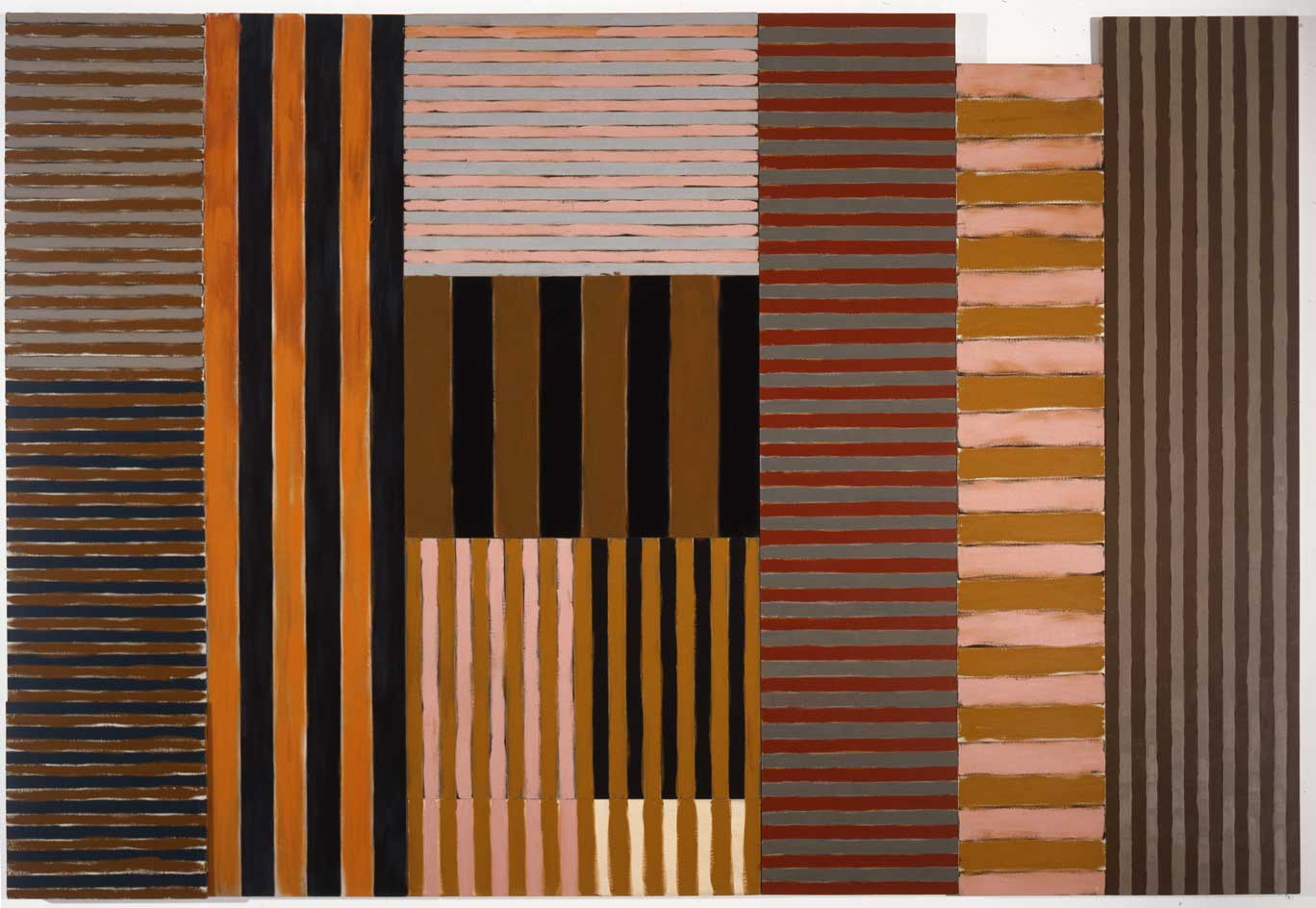
Sean Scully, Adoration, 1982.
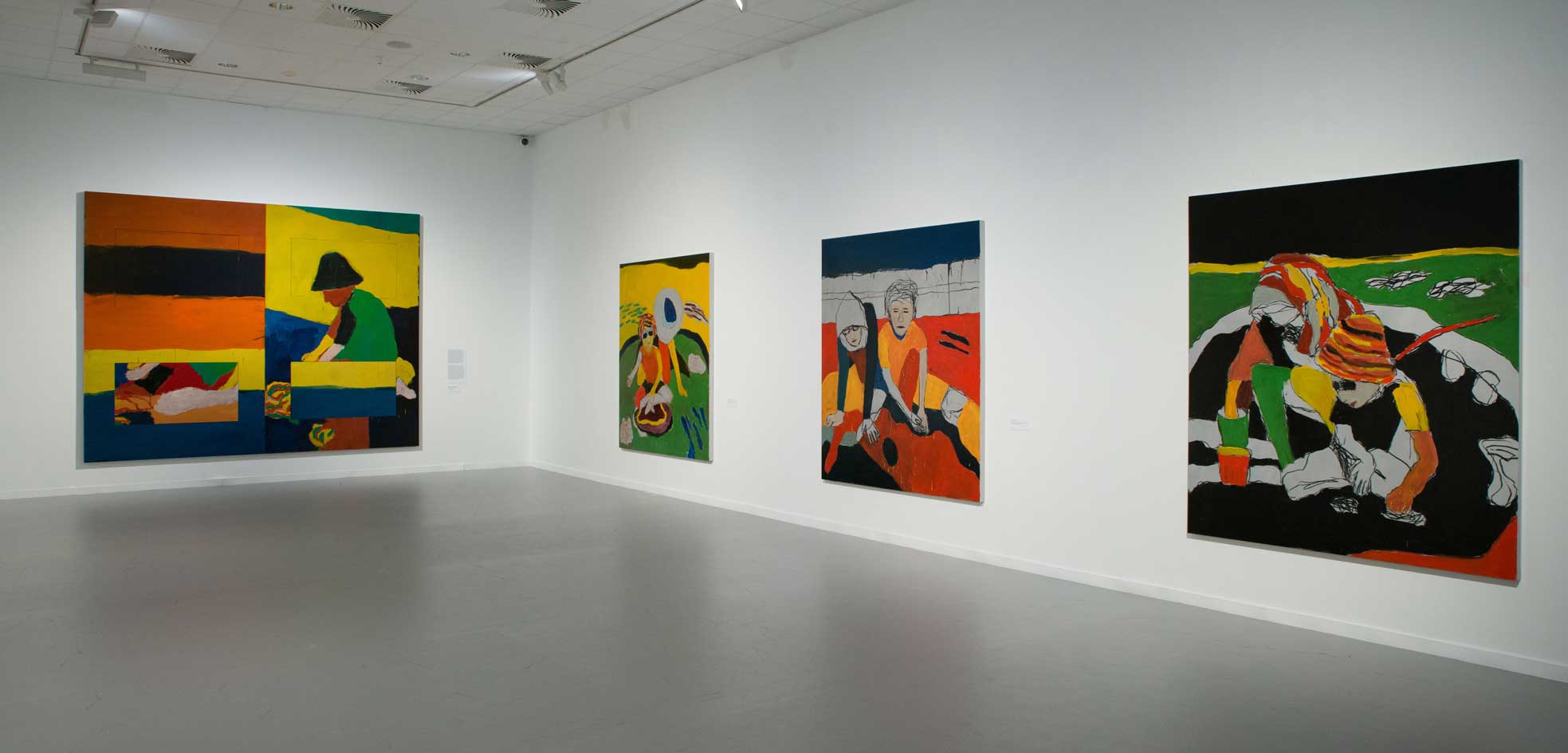
Sean Scully, ’Passenger – A Retrospective’, 2020, Installation view.
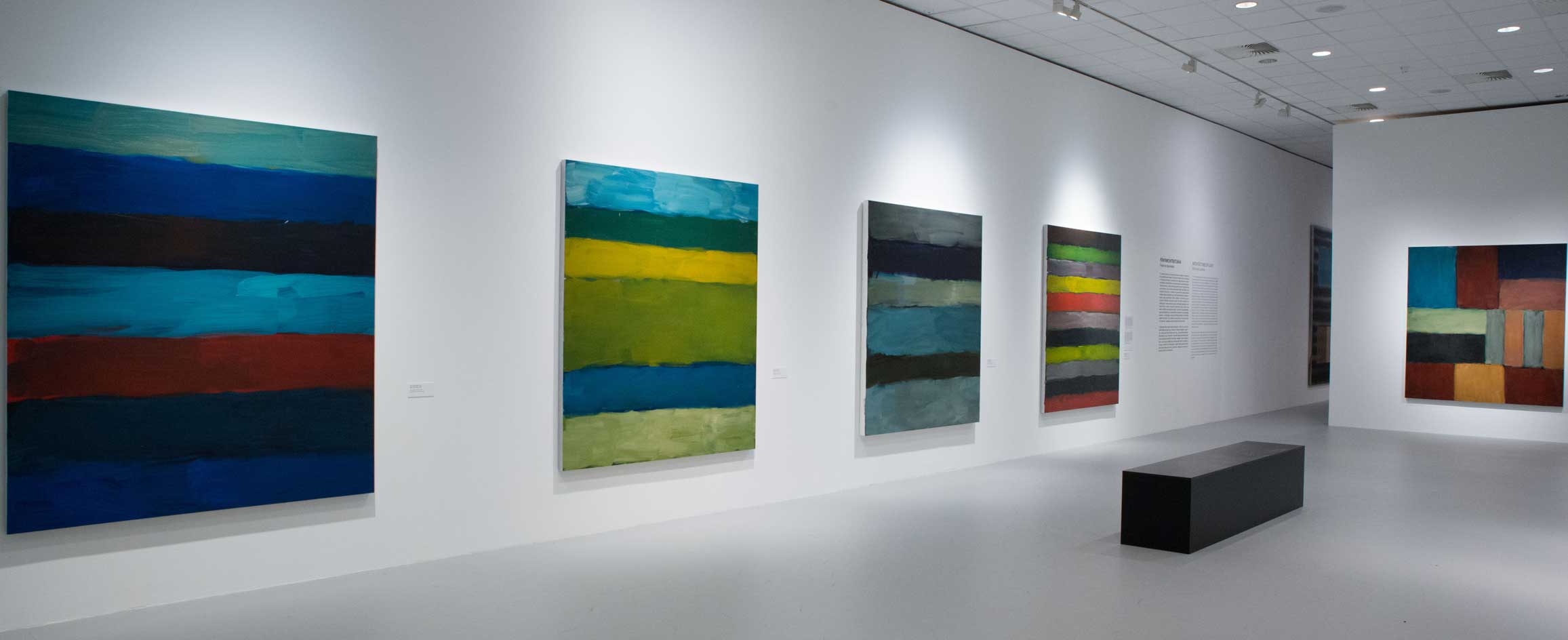
Sean Scully, ’Passenger – A retrospective’, 2020, Installation view.
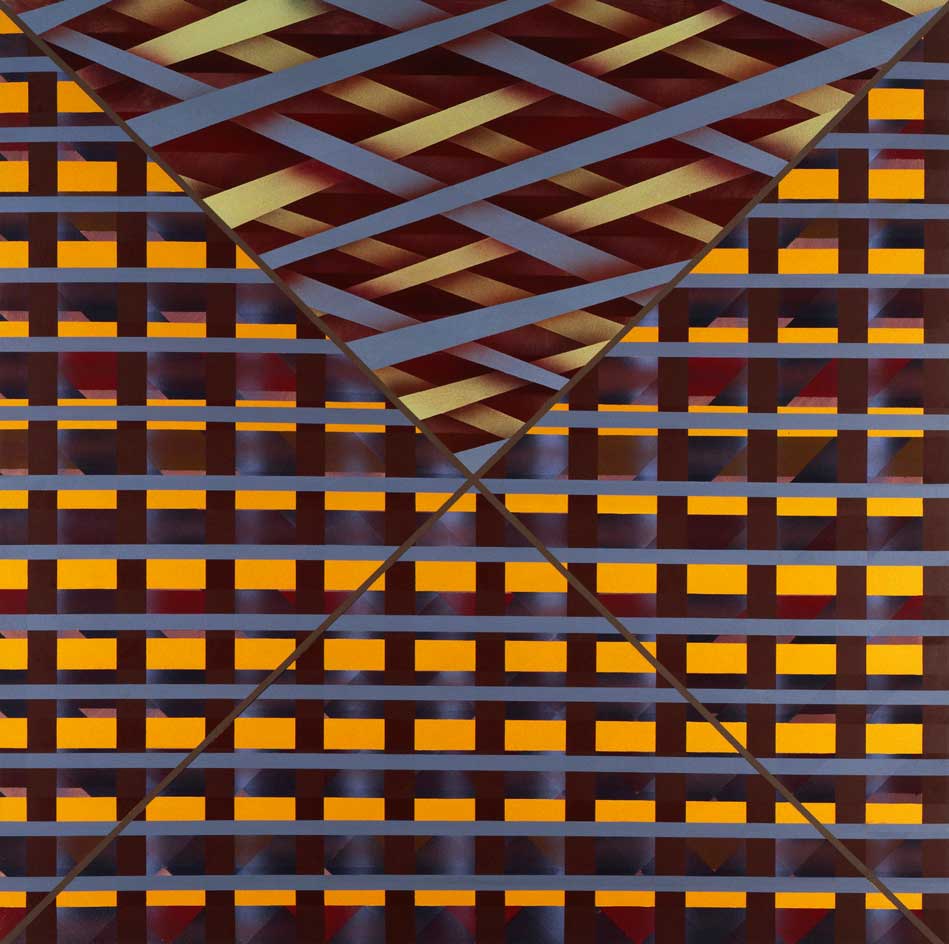
Sean Scully, Diagonal Inset, 1973.
INFORMATION
Receive our daily digest of inspiration, escapism and design stories from around the world direct to your inbox.
'Insideoutside', until 3 January 2021, Skulpturenpark Waldfrieden. skulpturenpark-waldfrieden.de
'Sean Scully: Passenger – A Retrospective', until 31 January 2021, The Museum of Fine Arts – Hungarian National Gallery. en.mng.hu
Harriet Lloyd-Smith was the Arts Editor of Wallpaper*, responsible for the art pages across digital and print, including profiles, exhibition reviews, and contemporary art collaborations. She started at Wallpaper* in 2017 and has written for leading contemporary art publications, auction houses and arts charities, and lectured on review writing and art journalism. When she’s not writing about art, she’s making her own.
-
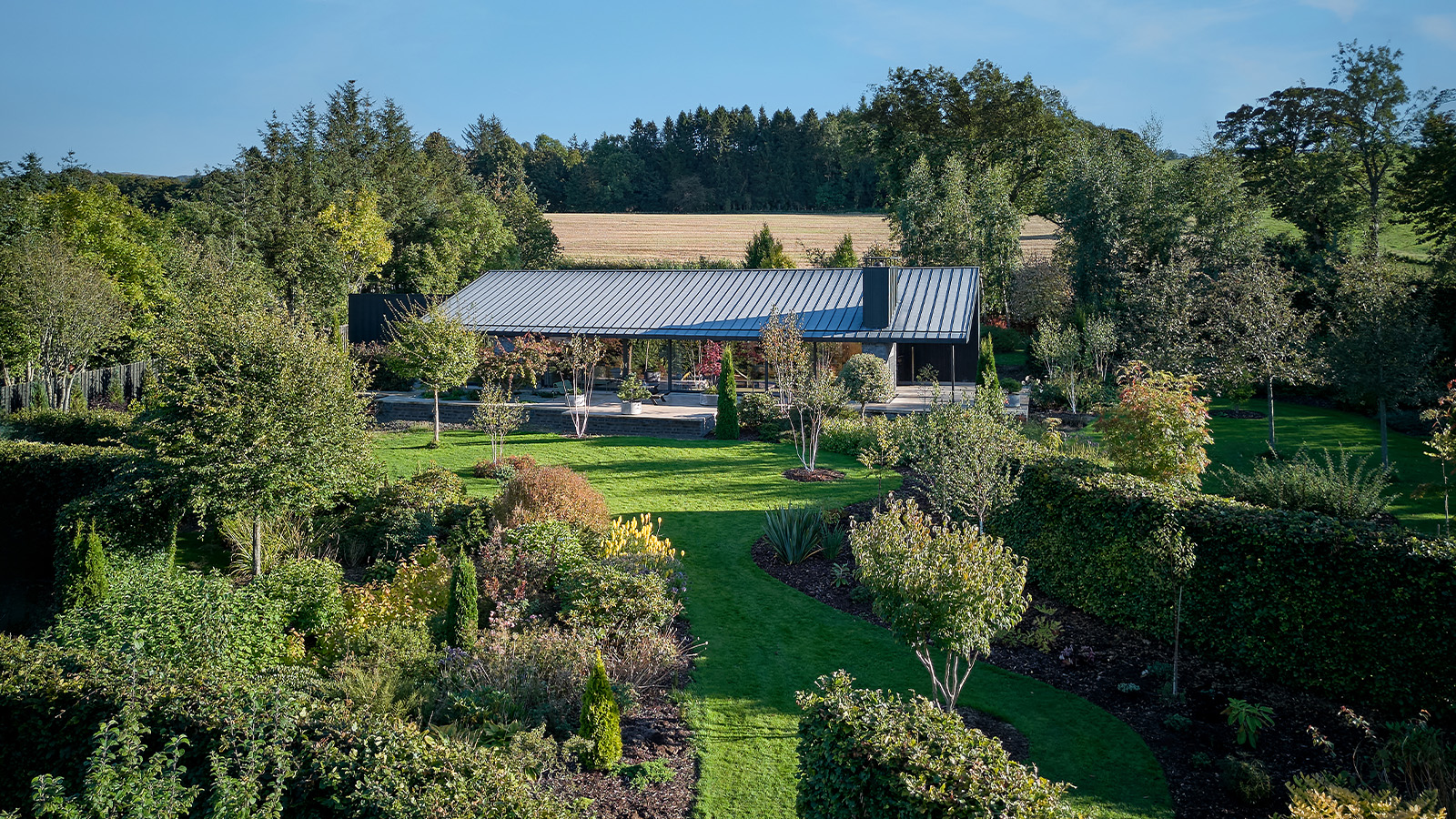 A compact Scottish home is a 'sunny place,' nestled into its thriving orchard setting
A compact Scottish home is a 'sunny place,' nestled into its thriving orchard settingGrianan (Gaelic for 'sunny place') is a single-storey Scottish home by Cameron Webster Architects set in rural Stirlingshire
-
 7 colours that will define 2026, from rich gold to glacier blue
7 colours that will define 2026, from rich gold to glacier blueThese moody hues, versatile neutrals and vivid shades will shape the new year, according to trend forecasters
-
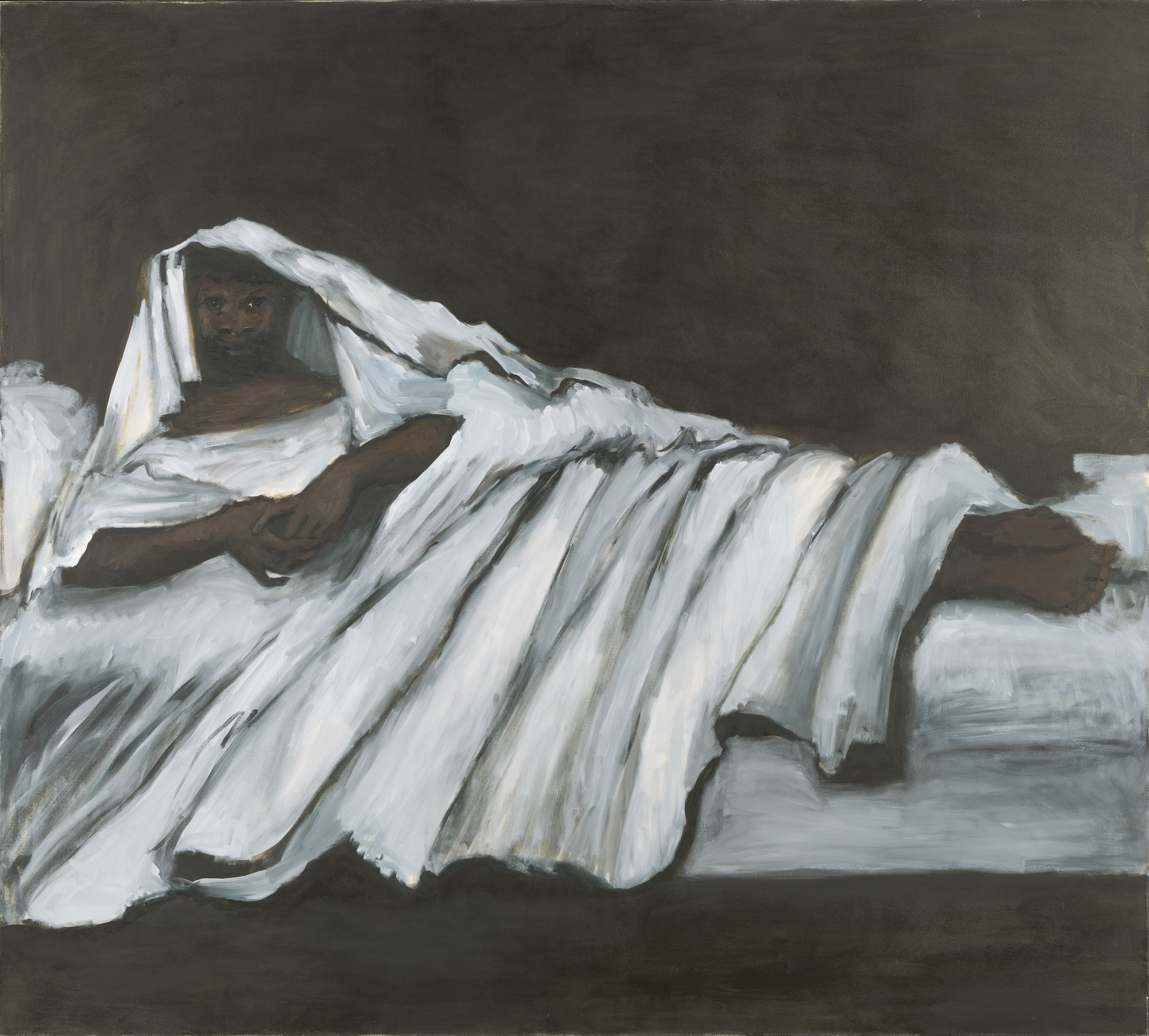 In Norway, discover 1000 years of Queer expression in Islamic Art
In Norway, discover 1000 years of Queer expression in Islamic Art'Deviant Ornaments' at the National Museum of Norway examines the far-reaching history of Queer art
-
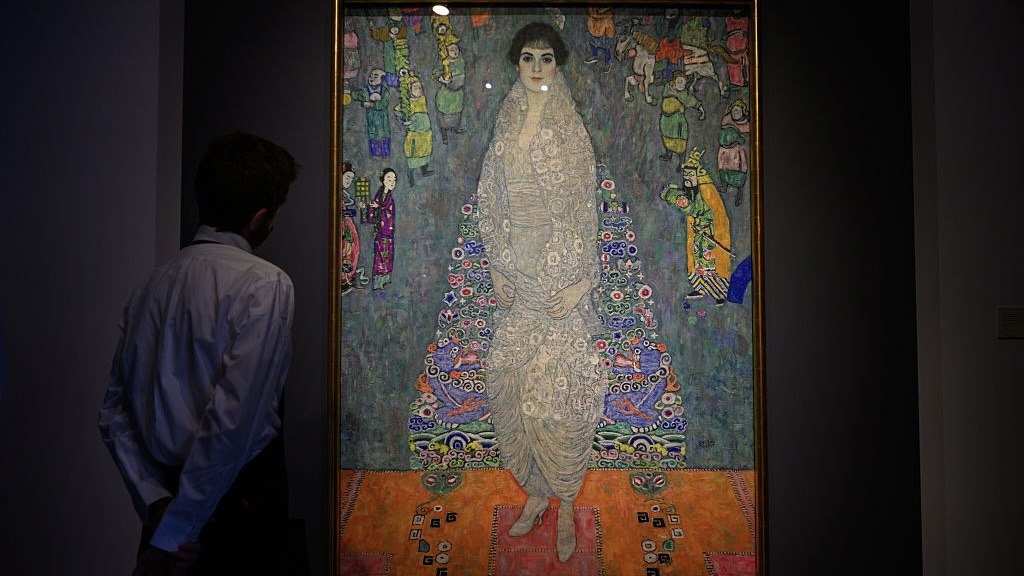 This Gustav Klimt painting just became the second most expensive artwork ever sold – it has an incredible backstory
This Gustav Klimt painting just became the second most expensive artwork ever sold – it has an incredible backstorySold by Sotheby’s for a staggering $236.4 million, ‘Portrait of Elisabeth Lederer’ survived Nazi looting and became the key to its subject’s survival
-
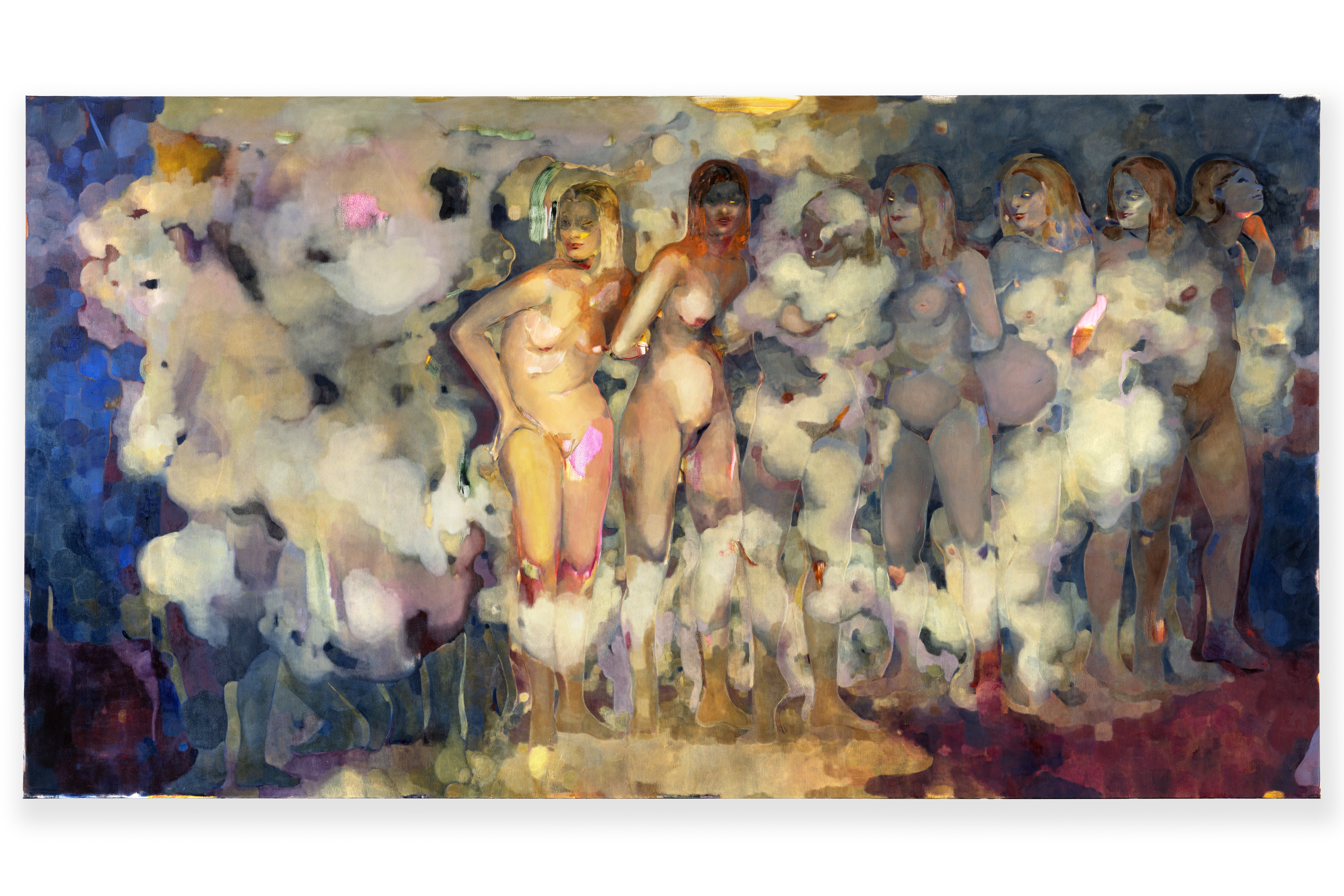 Meet Eva Helene Pade, the emerging artist redefining figurative painting
Meet Eva Helene Pade, the emerging artist redefining figurative paintingPade’s dreamlike figures in a crowd are currently on show at Thaddaeus Ropac London; she tells us about her need ‘to capture movements especially’
-
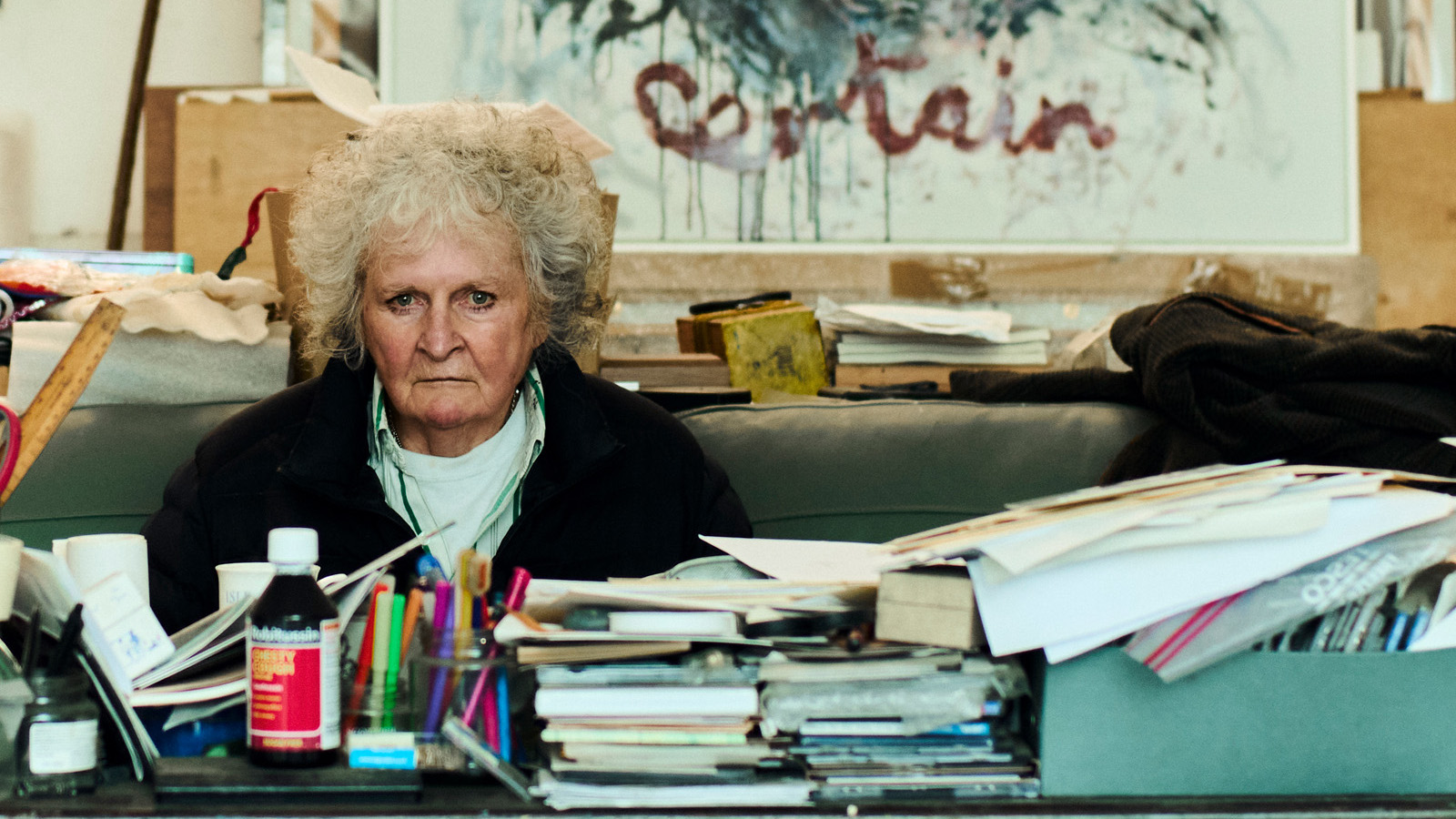 Maggi Hambling at 80: what next?
Maggi Hambling at 80: what next?To mark a significant year, artist Maggi Hambling is unveiling both a joint London exhibition with friend Sarah Lucas and a new Rizzoli monograph. We visit her in the studio
-
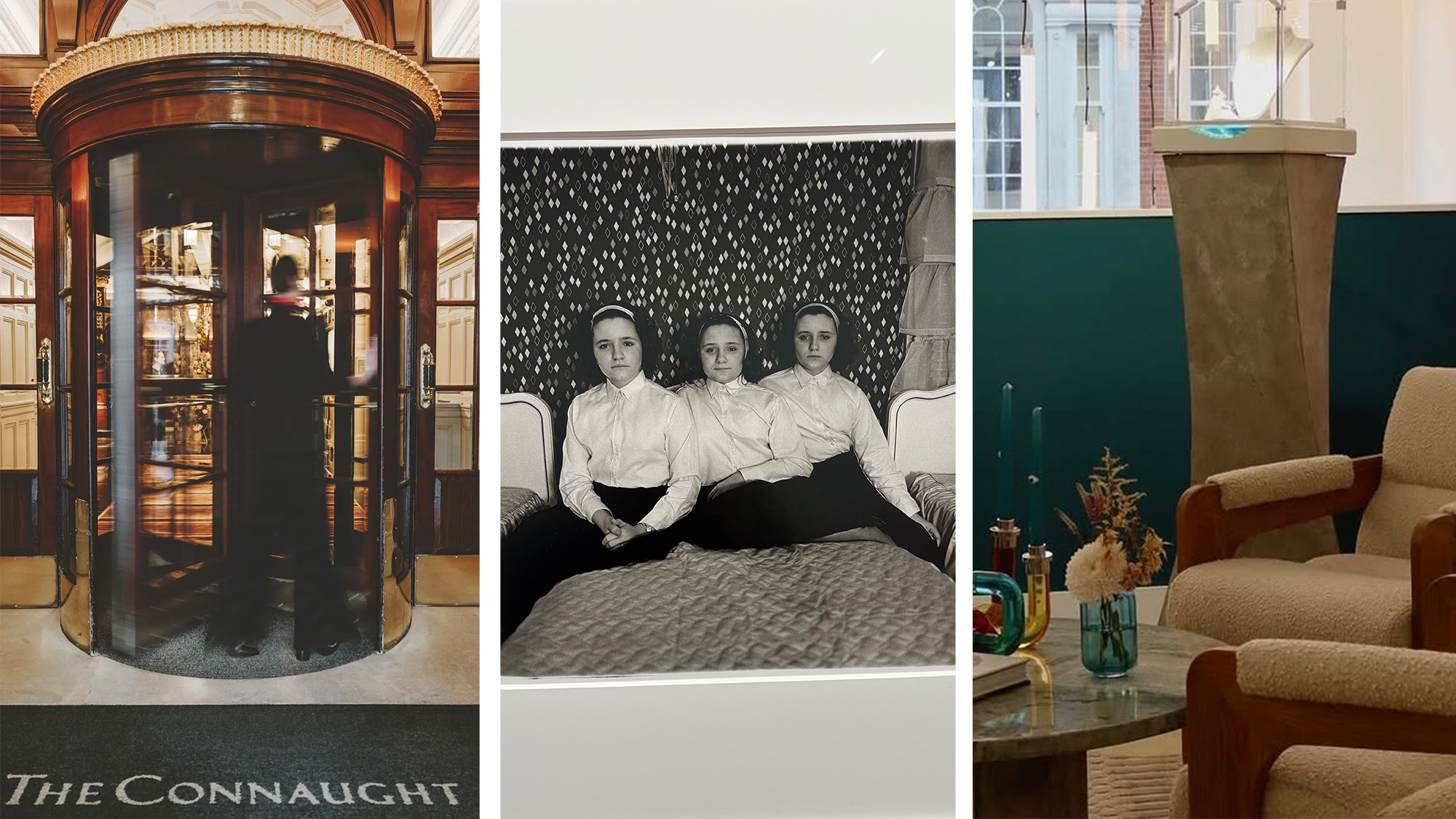 Out of office: The Wallpaper* editors’ picks of the week
Out of office: The Wallpaper* editors’ picks of the weekThis week, the Wallpaper* editors curated a diverse mix of experiences, from meeting diamond entrepreneurs and exploring perfume exhibitions to indulging in the the spectacle of a Middle Eastern Christmas
-
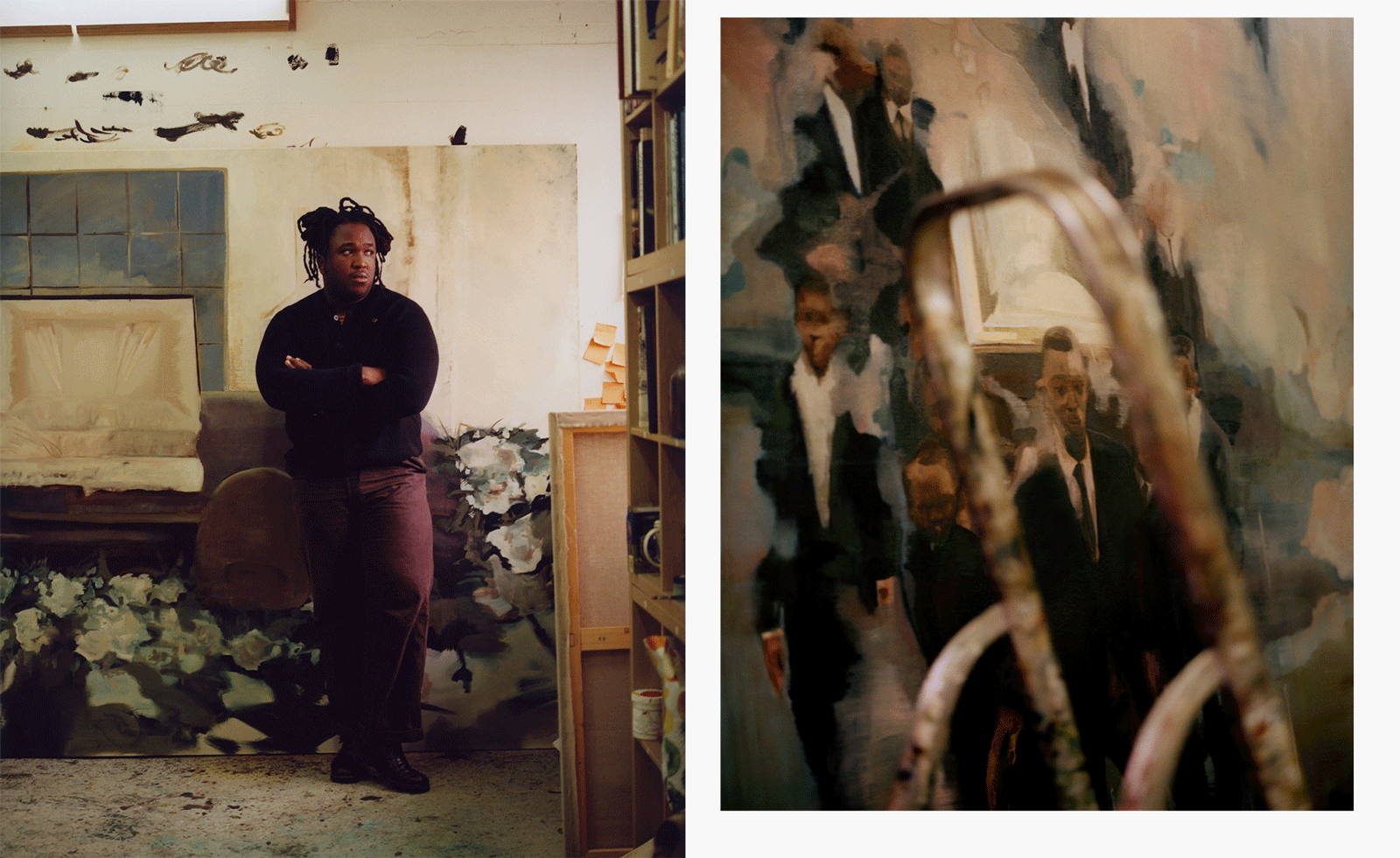 Artist Shaqúelle Whyte is a master of storytelling at Pippy Houldsworth Gallery
Artist Shaqúelle Whyte is a master of storytelling at Pippy Houldsworth GalleryIn his London exhibition ‘Winter Remembers April’, rising artist Whyte offers a glimpse into his interior world
-
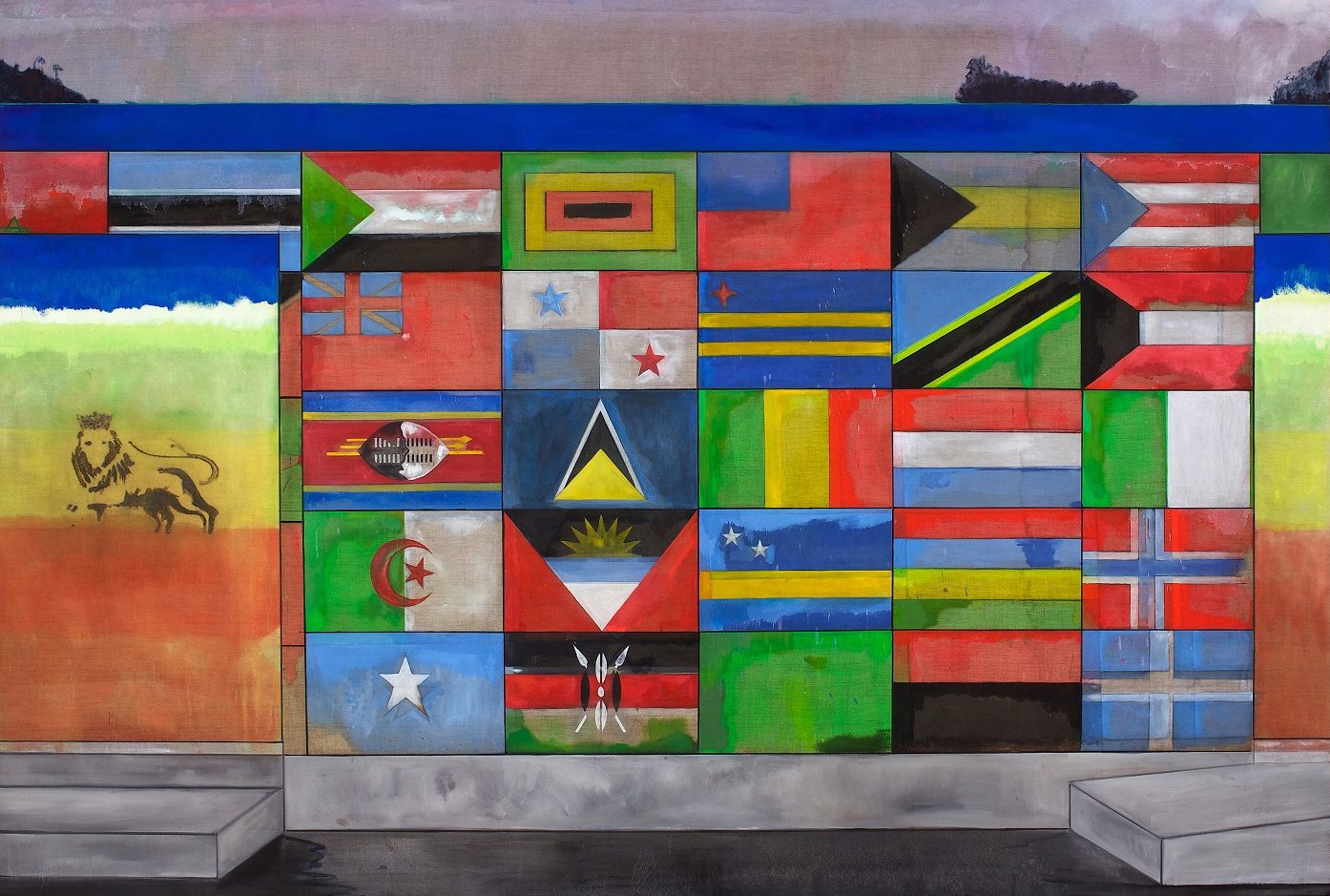 ‘Sit, linger, take a nap’: Peter Doig welcomes visitors to his Serpentine exhibition
‘Sit, linger, take a nap’: Peter Doig welcomes visitors to his Serpentine exhibitionThe artist’s ‘House of Music’ exhibition, at Serpentine Galleries, rethinks the traditional gallery space, bringing in furniture and a vintage sound system
-
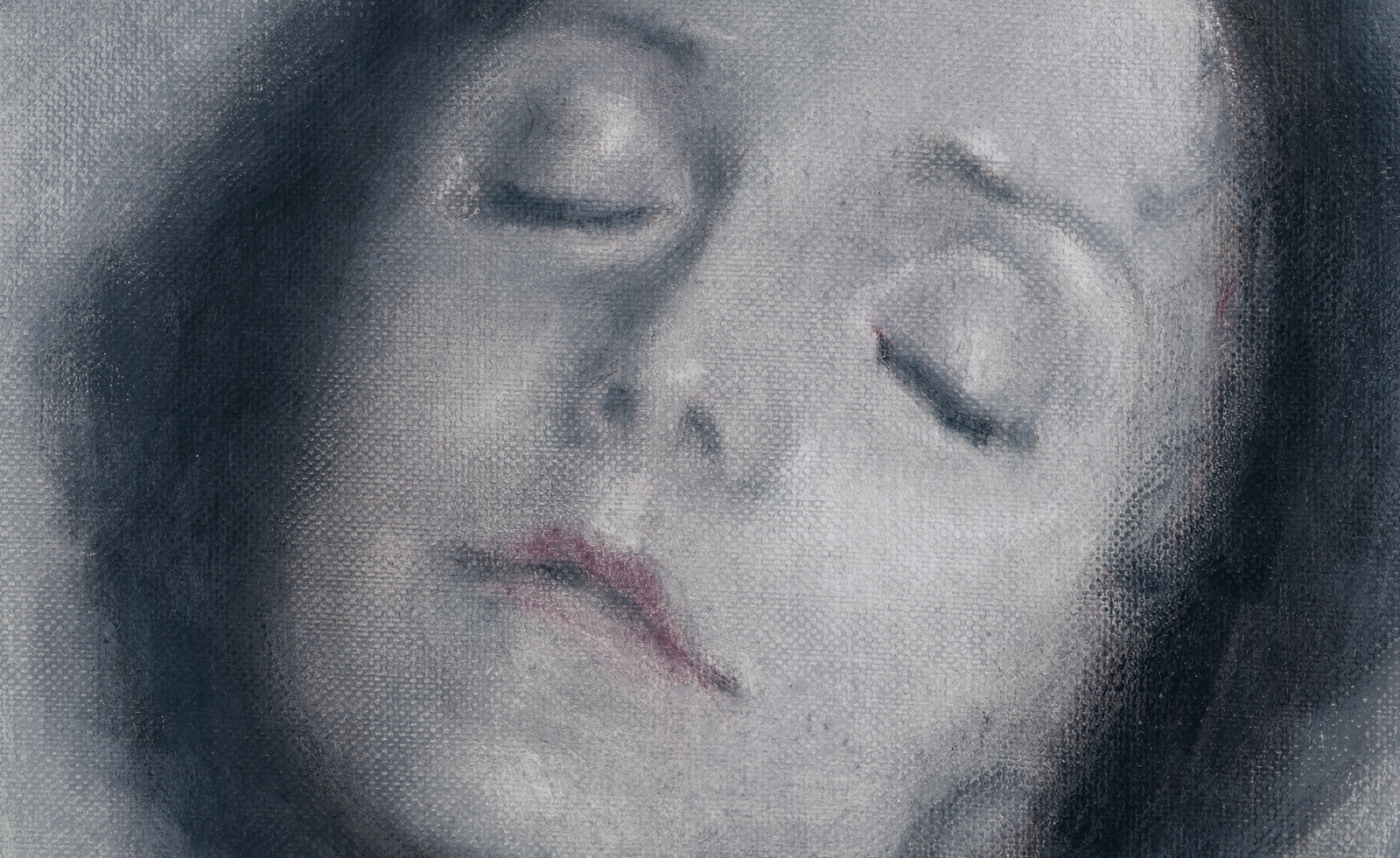 Classic figurative painting is given a glamorous and ghostly aura by Polish artist Łukasz Stokłosa
Classic figurative painting is given a glamorous and ghostly aura by Polish artist Łukasz StokłosaThe gothic meets the glamorous in Stokłosa’s works, currently on show at London’s Rose Easton gallery
-
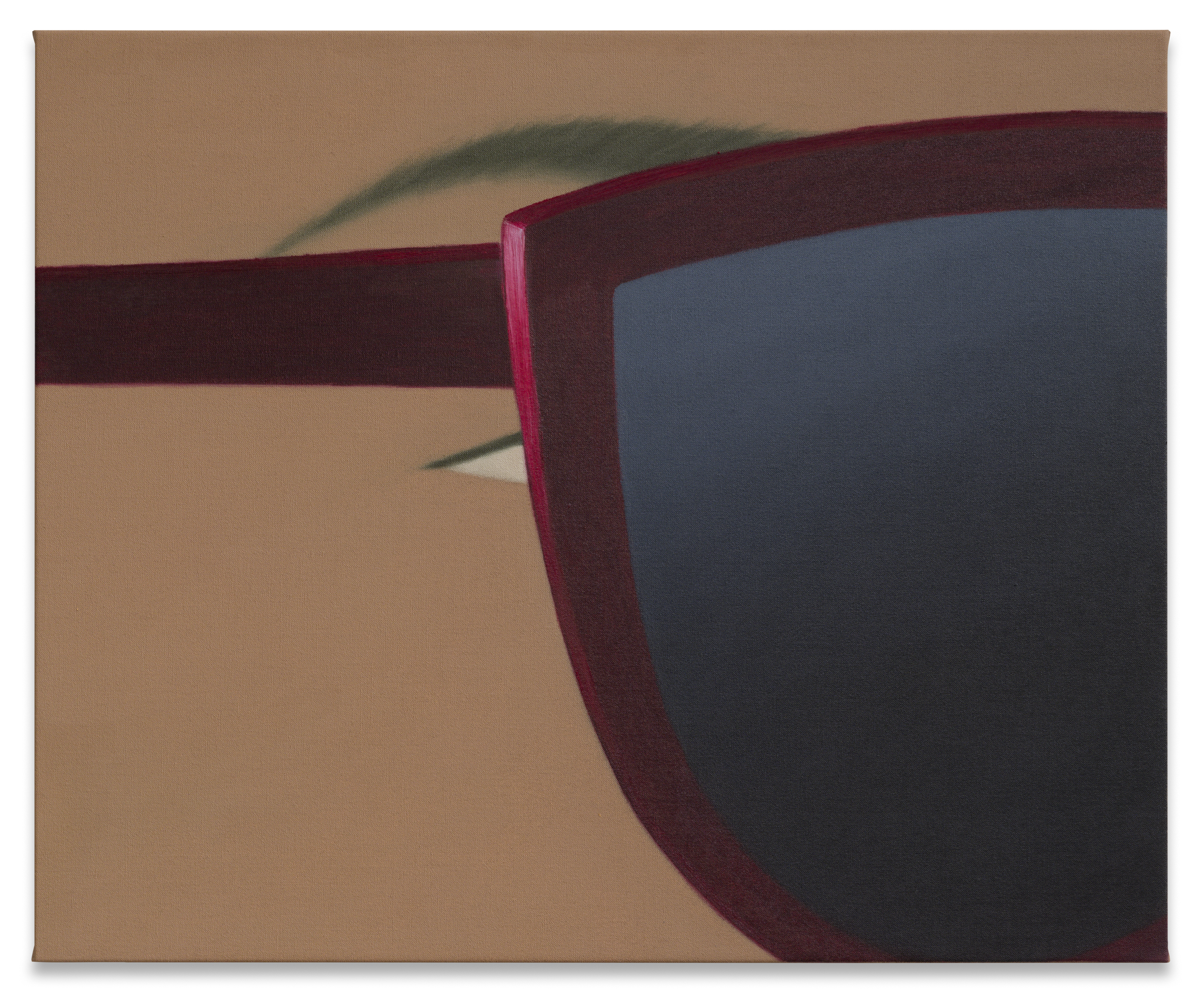 What's the story with Henni Alftan’s enigmatic, mysterious paintings? The artist isn’t saying
What's the story with Henni Alftan’s enigmatic, mysterious paintings? The artist isn’t sayingParis-based artist Henni Alftan's familiar yet uncanny works are gloriously restrained. On the eve of a Sprüth Magers exhibition in Berlin, she tells us why